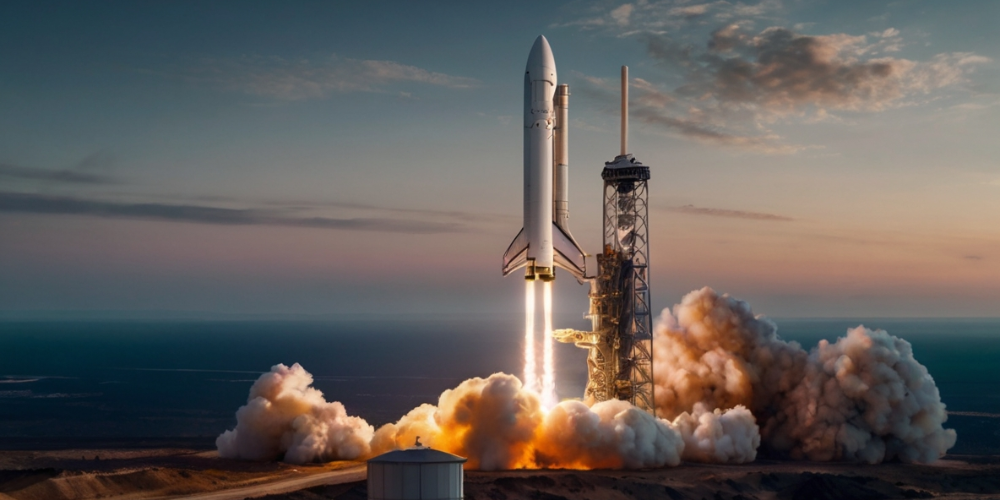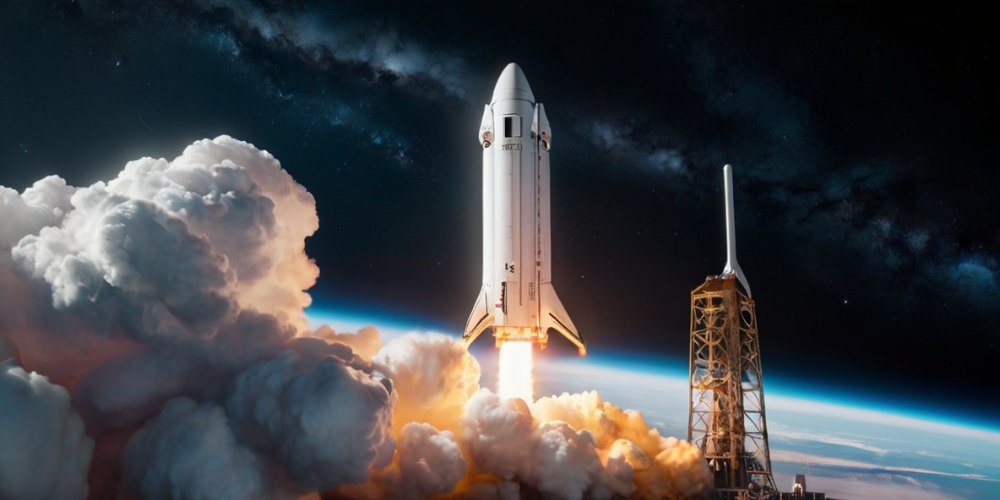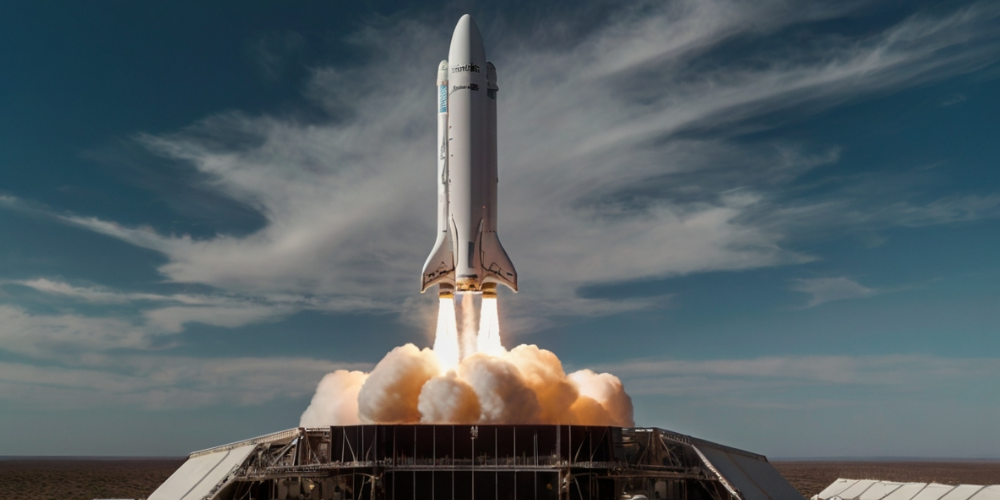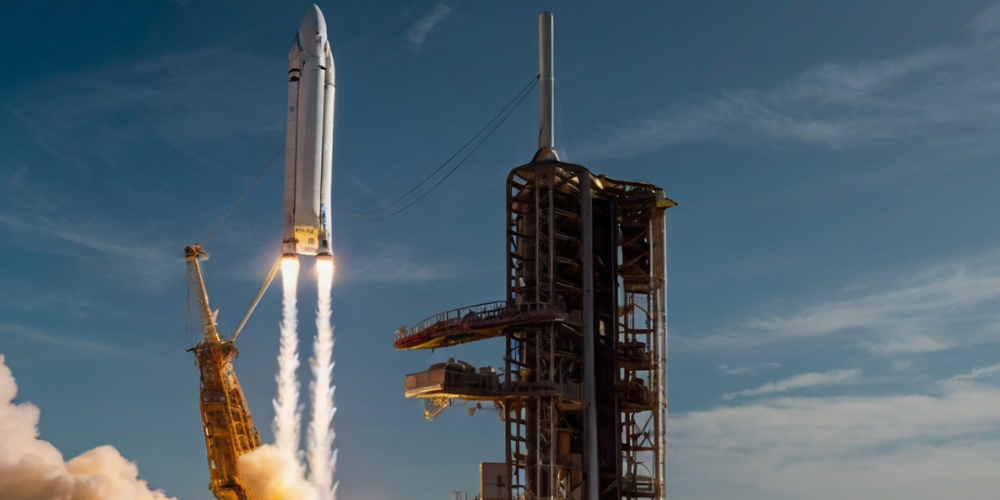Revolutionizing Space Exploration: SpaceX's Bold Preparations for the Fifth Starship Test Flight
- Jul-29-2024

SpaceX is gearing up for its highly anticipated fifth Starship test flight, a significant milestone in the company's ambitious space exploration goals. As part of the extensive preparations, the firm is focusing on testing the launch tower at its Boca Chica facility. Unlike traditional recovery methods, SpaceX aims to catch the booster with the launch tower itself, a technique that has not been implemented by any other rocket company or government organization to date. With previous tests paving the way for this forward-looking approach, SpaceX's upcoming test holds a lot of promise and peril.
Innovative Catch Mechanism
The central element of this test is the tower's "chopsticks," giant arms designed to catch the first stage booster. This mechanism marks a radical departure from the traditional method of landing boosters on remote drone ships. Catching the booster directly at the pad has profound implications for SpaceX's long-term objectives. By enabling rapid reusability, this approach can significantly cut down the turnaround time, critical for missions involving the Moon and Mars. Crewed or cargo flights to these distant destinations will necessitate quick and efficient launches and refueling in space, making rapid cadence essential.

Preparatory Measures
SpaceX has rolled out the forward section of the booster to the pad in June, initiating tests on the chopsticks. These arms also serve the dual purpose of lifting the second stage Starship onto the booster, which is vital for future test flights and operational missions. Local media outlet NASASpaceflight has captured footage showing the fine-tuning of these chopsticks, indicating meticulous preparation ahead of the fifth Starship test flight.
Simulated Test Environment
Recent tests have seen the launch pad's chopsticks opening and closing multiple times, positioning themselves around the Super Heavy booster. This simulated environment mimics the conditions under which the rocket booster will return to the launch tower for the catch. However, being in the preliminary stages, the chopsticks have inadvertently hit the booster segment multiple times during these tests. Despite these minor setbacks, the tests are invaluable for understanding the dynamics and fine-tuning the equipment.
Potential Outcomes
A successful booster catch during the fifth Starship flight would be a landmark achievement for SpaceX. Not only would it validate the catch mechanism on the first attempt, but it would also dramatically streamline the recovery process. Conversely, a failure could result in the destruction or significant damage to the launch tower. Such an outcome, while undesirable, is incorporated into the testing process, as each test provides critical data for future improvement.

Safety Measures
To mitigate risks, the catch attempt is reserved for the end of the flight when the rocket will have only a minimal amount of reserve fuel for its final landing burn. Elon Musk has highlighted that the landing profile will involve Super Heavy testing its systems at a distance from the tower before cautiously approaching for the catch. This stepwise approach minimizes potential damage in case of a failed catch.
Learning from Failures
Even if the fifth flight's catch attempt does not succeed, it will still provide SpaceX with invaluable data. The primary objective of these Starship tests is data collection, and the experiences from the first to the third flights have already enabled successful water landings during the fourth test. Each test, successful or otherwise, is a crucial part of refining the technology and moving closer to the ultimate goal of making space travel more economical and efficient.
Historical Context
SpaceX's approach to rocket refurbishment and reuse is unprecedented in the aerospace sector. Traditional rockets are typically discarded after a single use, rendering space missions cost-prohibitive. By significantly reducing the time needed for booster recovery and refurbishment, SpaceX aims to make space travel as routine and cost-effective as air travel.

Future Prospects
The focus on rapid reusability is not just a technical challenge but a logistical one as well. Achieving a successful catch at the launch pad will pave the way for a higher frequency of launches. Such a capability is indispensable for planned missions to Mars, where a fleet of propellant tankers will need to be launched ahead of crewed missions to facilitate in-space refueling. Therefore, the stakes for the fifth test flight are incredibly high, as it represents a crucial step towards realizing these long-term objectives.
In conclusion, SpaceX's preparations for the fifth Starship test flight represent a significant milestone in the quest for advanced space exploration. With the innovative catch mechanism undergoing rigorous trials, the upcoming test holds both promise and risk. No matter the results, every test acts as a crucial milestone in the continuous quest to transform space exploration.












